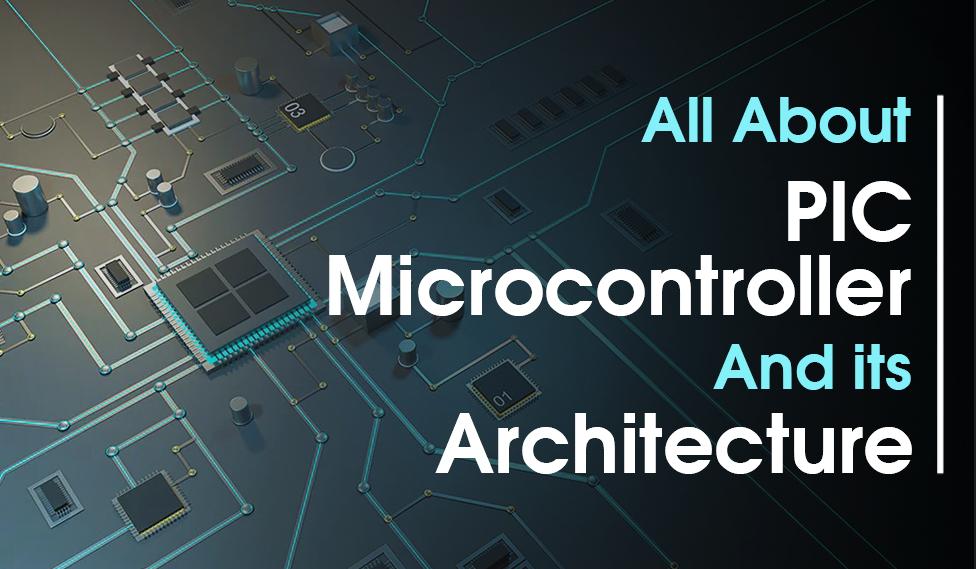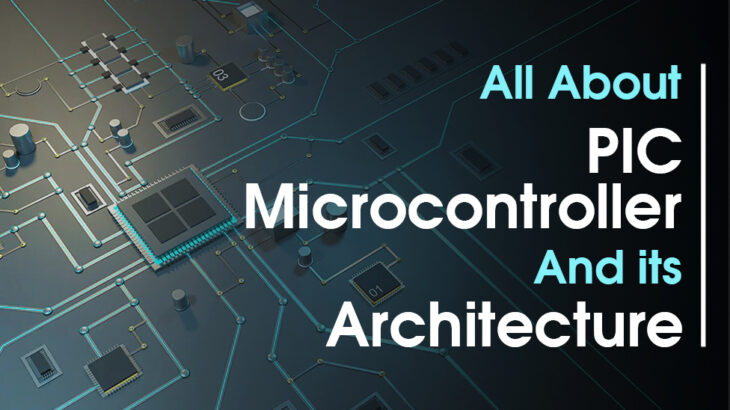
Programmable Interface Controllers or PICs are simple but productive electronic devices used to perform multiple processing tasks. These types of circuits are either used as timers or to control the production line of the entire system. If you are into engineering or related manufacturing processes, you might have encountered these terms multiple times. Earlier, it was EPROM microcontrollers associated with software and programming tools for development. But nowadays, various embedded software development services have made it easier today with the advancements in technology.
However, the PIC microcontroller is one among the different ranges of microcontrollers and is popular among PCB and embedded design engineers. Hence, in this post, you will learn all about the PIC microcontroller and its architecture. This knowledge will give you an outline of the PIC microcontroller to use it effectively.
PIC microcontroller:
It is one of the famous range of microcontrollers manufactured by Microchip Technology Inc. The entire system of the PIC microcontrollers consists of ALU, data memory, I/O, instruction memory, and a control unit.
Microchip introduced the PIC microcontroller in 1993 where all the microcontrollers are enabled with simple programming and interfacing. The microcontrollers available in the market are 8-bit microcontrollers. However, you can find many microchips in the range of 16-bits and 32-bits.
So, having said its origin, the structuring is based on the Harvard architecture where the data busses and program are kept separate. If you look into the earlier versions of PIC microcontrollers, EPROM was used in every microcontroller to store and run the instructions. However, after adopting flash memory technology in 2002, the microcontrollers have become more advanced with better storing and erasing features.
These advanced microcontrollers have become popular among professionals, hobbyists, and students. The PIC16F877 and PIC16F84 are the famous microcontrollers with more functionalities.
Features of microcontrollers:
The standard features of the microcontrollers in a PIC microcontrollers are
Memory:
The foremost feature placed in the microcontroller is the memory. These memory’s are associated with the flash memory technology for higher memory capacity and can be easily erased compared to OTP or EPROM microcontrollers.
This PIC microcontroller’s memory has a built-in RAM, storing applications and run-time variables.
I/O and oscillators:
Secondly, PIC microcontrollers have I/O and oscillators associated with them. Like any other system, the PIC oscillator also requires a clocking system for smooth processing. The clocking system inside the PIC microcontrollers is often done with crystal.
I/O is nothing but an input and output pins in the microcontrollers and is collectively termed “PORTS.” For example, in an 8-bit PIC microcontroller, there are around eight individual pins for consecutive inputs, outputs, and peripheral purposes.
Peripherals:
The most common peripherals that you can find in any PIC microcontrollers are
- ADC – This type of pin is used for analog values or signals to digital ones.
- EUSART – It is used to provide UART communication.
- CCP – To compare and capture PWM output and module
- SSP – Interfacing I2C and SPI
- Timers – For the scheduling process and depends on part numbers. A PIC microcontroller has numerous timers.
Microcontrollers have been said to be a popular solution for many commercial and industrial purposes. Hence, approach Sunstream’s embedded software development services to develop a device with utmost care.




 +1.585.935.7123
+1.585.935.7123 +91-804-148-6861
+91-804-148-6861